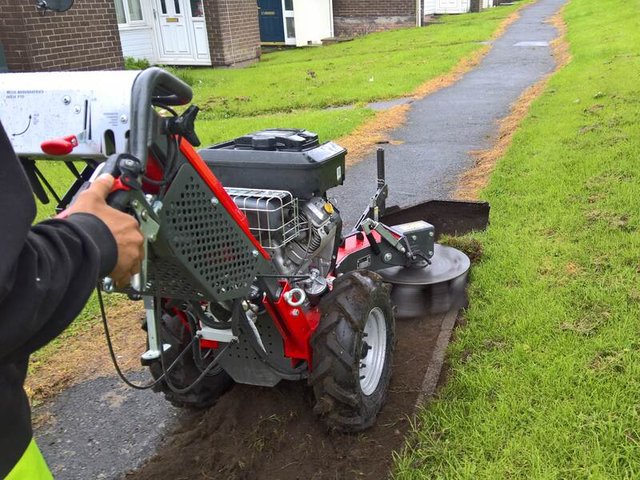A Turning Tide: Reflections on the Amenity Forum Conference
This year's Amenity Forum Conference felt like a real turning point, highlighting our industry's progress and a welcome shift towards a broader vision of integrated management.
The Amenity Forum Conference is always a key date in my calendar. It’s a valuable opportunity to connect with industry colleagues and collectively take the pulse of weed, pest, and disease management in our shared amenity spaces—the parks, schools, sports facilities, and urban environments we all rely on.
Over the years, I’ve built strong relationships with many conference delegates. I see us as a community slowly moving the industry's dial together. We produce guidance, share experiences and philosophies, and challenge common practices in a collective pursuit of best practice.
This year's conference was particularly interesting on two fronts. Firstly, it showcased the incredible progress we've made in adopting integrated weed management for turf care. It’s a testament to the industry's skill that we use every tool at our disposal to keep turf healthy, resilient, and performing at its best. Just to name a few of these processes:
- Irrigation
- Aeration
- Scarifying
- Mowing
- Seeding
- Dew Removal
- Light Exposure Control
- Fan-assisted Air Flow
- Nutrient Management (Nitrogen, etc.)
- Specific Plant Choices for Purpose (e.g., a green vs. a fairway)
This holistic approach is something we should all be proud of. However, it also brought a fascinating contrast into focus: our approach to hard surfaces. The conversation around managing these areas often seems to default more quickly to chemical solutions, with the justification that it's the most cost-effective and sustainable option.
This isn't a criticism, but rather a compelling question for us as an industry to explore. A hard surface performs just as many important functions as turf, and weeds are far from the only threat to its performance.
In fact, I would argue that weeds are often just a symptom of deeper maintenance issues, such as detritus build-up, surface compaction, and displacement. These root causes lead to a host of problems, including weed growth, standing water, pot-holes, and freeze-thaw damage.
Many of these can be mitigated by addressing the foundational problems. For example, to prevent the build-up of detritus, which provides a growing medium for weeds, holds moisture, and blocks drainage; we can sweep. Sweeping is perhaps the single most fundamental maintenance process for ensuring the long-term performance of block paving, tarmac, and concrete.

This leads me to my second, and much more encouraging, observation from the conference. Although there was an increased sense of the need to defend pesticides. For the first time, mechanical brushing was also truly on the agenda. There was a clear acknowledgement that demonstrating safe and responsible pesticide use must go hand in hand with being able to show an integrated approach, and the most obvious way to do this was with brushing.
A key presentation highlighted brushing as a crucial partner to chemical treatments on hard surfaces. By reducing the growing medium, we allow spot treatments to be far more effective and efficient, because we are treating actual "spots" of weeds, rather than blankets.
Even more inspiring was the mood on the conference floor. The support for brushing went beyond a token acknowledgement. The attitude was shifting away from "sweeping is good, but it's expensive" towards an understanding that "brushing is necessary" to demonstrate a professional, integrated, and forward-thinking maintenance strategy. It felt like a corner was being turned, and it’s a positive step forward for the entire industry.
While it's just one conference, the shift in conversation feels significant. The real challenge, of course, will be translating this newfound enthusiasm into widespread practice on the ground. Moving past the long-held view of mechanical sweeping as merely an added cost, and instead seeing it as a fundamental investment in the longevity and safety of our hard surfaces, won't happen overnight. Still, I left with a genuine sense of optimism. The dialogue has started in earnest, and if we can build on this momentum, we're on the right path to a more balanced and sustainable approach for all the surfaces we manage.
No comments yet. Login to start a new discussion Start a new discussion